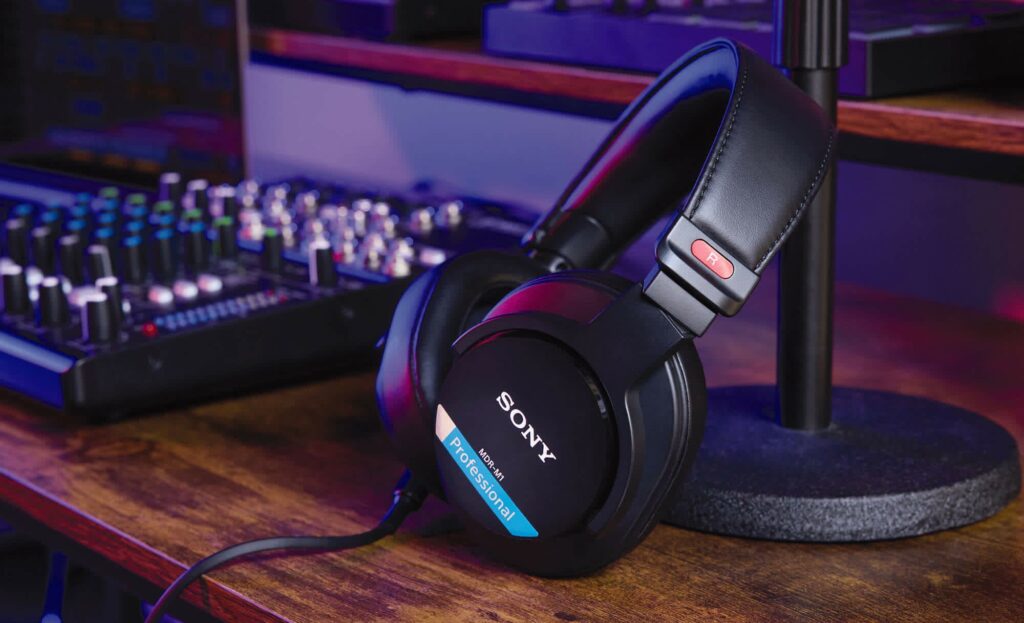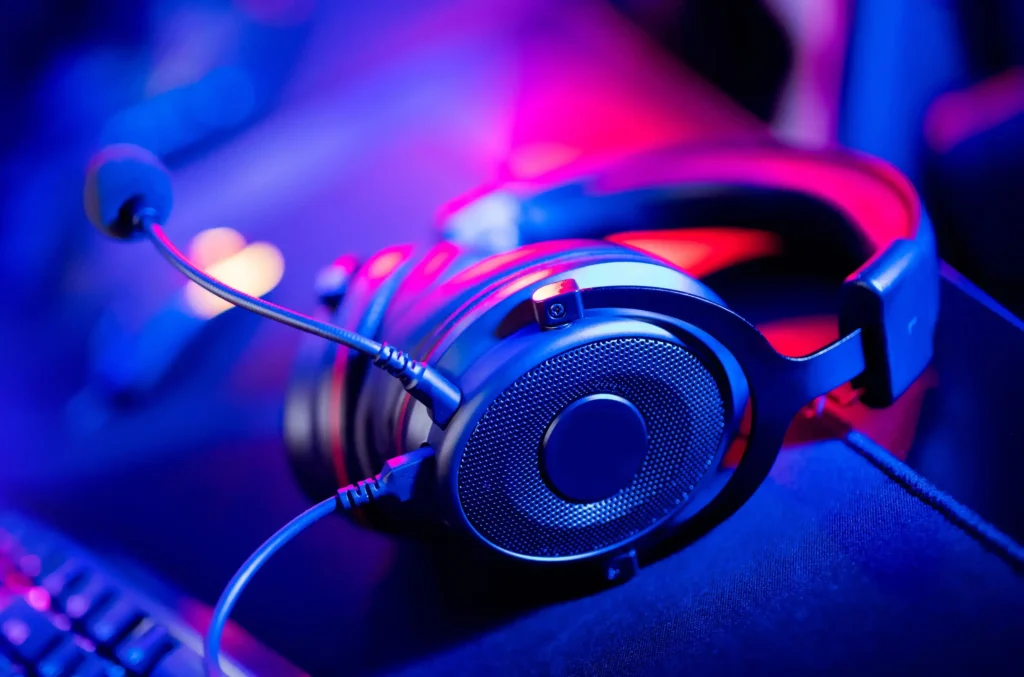When investing in a pair of high-quality headphones, you might come across the term “burn-in” and wonder if it’s worth the effort. Burn-in refers to the process of playing audio through your headphones for an extended period to improve sound quality potentially. Here’s a closer look at why you might consider burning in your headphones and why you might not.
The Case for Burning-In Your Headphones
Improved Sound Quality
Proponents of headphone burn-in argue that it helps in improving sound quality by allowing the drivers to loosen up and reach their optimal performance. The theory is that the internal components, such as the diaphragm and suspension, need time to settle, which can result in a more balanced and refined sound over time. For some users, this process can lead to noticeable improvements in clarity, bass response, and overall soundstage.
Consistent Performance Over Time

Burning in your headphones can lead to more consistent performance, especially if the headphones are new and have not been used extensively. The process is thought to help iron out any potential inconsistencies or minor issues with the sound profile, which can be particularly beneficial for audiophiles seeking the most accurate representation of their music. By allowing the headphones to “break in,” you may find that they perform more reliably and consistently.
Personal Preference and Perception
For many users, the burn-in process can be a matter of personal preference and perception. While some people believe in the benefits of burning-in, others may not notice any significant differences in sound quality. This subjective experience means that the value of burning in your headphones can vary greatly from person to person.
The Case Against Burning-In Your Headphones
Lack of Scientific Evidence
Critics of headphone burn-in argue that there is limited scientific evidence to support the claim that it makes a significant difference in sound quality. While burn-in might lead to perceived changes, these could be attributed to the listener’s own psychological adjustments rather than any actual physical changes in the headphones. This skepticism suggests that the perceived improvements might not be as substantial as some believe.
Time and Effort
The burn-in process requires a considerable investment of time and effort, as it typically involves playing audio through the headphones continuously for hours or even days. For many users, this can be an inconvenient and impractical step, especially if they do not notice any real benefits. If the potential improvements are minimal or unnoticeable, the time spent on burn-in might not be justified.
Risk of Over-Exposure

Burning in your headphones with high volumes or unsuitable audio tracks might inadvertently cause damage or wear out components prematurely. This risk is particularly relevant for headphones that are sensitive to prolonged exposure or for users who are not careful with the volume levels. Therefore, some may choose to skip the burn-in process to avoid any potential risks associated with it.
8 Things You Probably Didn’t Know About Headphones
Frequently Asked Questions
What is the purpose of burning in headphones?
Burning-in headphones involve playing audio through them for an extended period to enhance their sound quality potentially. The idea is that this process allows the internal components, such as the drivers and diaphragm, to loosen up and perform optimally. Many believe that this can lead to improvements in sound clarity and overall performance.
Does burning-in actually improve sound quality?
There is debate over whether burning-in truly improves sound quality. Some users report noticeable enhancements in balance and clarity after the burn-in process, while others find no significant difference. The perceived improvements may also be influenced by psychological factors rather than physical changes in the headphones.
How long does the burn-in process take?
The burn-in process can vary in duration, typically ranging from several hours to a few days of continuous audio playback. The exact time needed depends on the headphones and the method used, with some users opting for longer burn-in periods to ensure optimal results. It’s important to follow the manufacturer’s recommendations if provided.
Are there any risks associated with burning in headphones?
Potential risks of burning-in headphones include damage from excessive volume levels or inappropriate audio tracks. Overexposure to high volumes can strain or wear out the components prematurely. To mitigate these risks, it’s advisable to use moderate volume levels and appropriate audio content during the burn-in process.
Is it necessary to burn in new headphones?
Burning in new headphones is not universally necessary and its benefits can be subjective. Some users believe it enhances sound quality and performance, while others find the process unnecessary or see minimal differences. Deciding to burn in your headphones largely depends on personal preference and whether you believe in the potential benefits.
In conclusion, whether you should burn in your headphones depends on your personal preferences and whether you believe in the benefits of the process. While some users swear by the improvements in sound quality, others may find it unnecessary or impractical. Weighing these factors can help you decide if burning your headphones is worth the effort for you.

